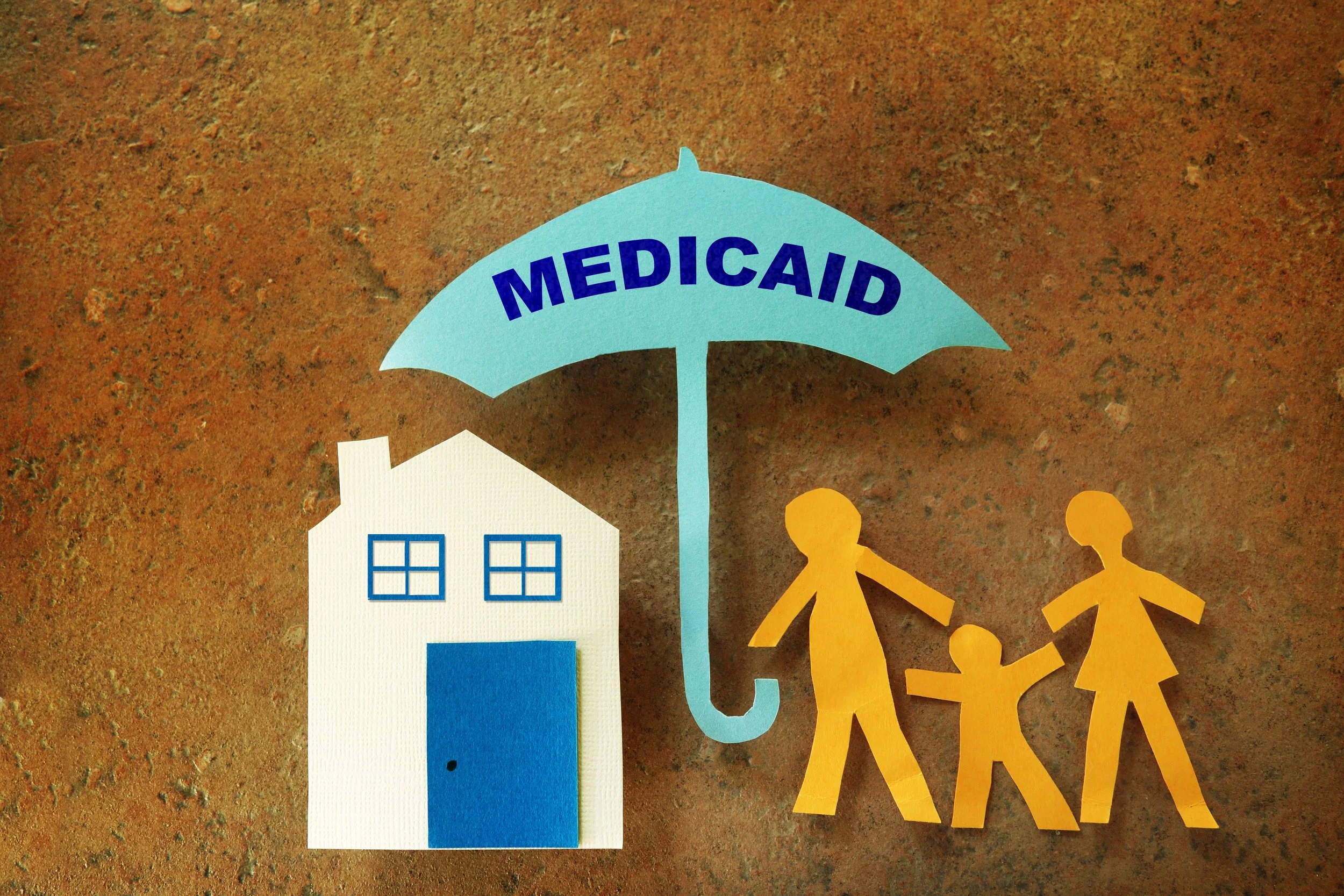A few months ago, I had planned to do a series of posts talking about how this administration was hurting healthcare, specifically children. But it seemed like every other day – no, every other hour – there was another ridiculous policy or proposal. I had to step away from the news to spare my own sanity.
But there is one thing I can’t afford to step away from. None of us can.
Medicaid.
Every organization I am associated with is talking about how to mitigate planned cuts to Medicaid. It would be catastrophically damaging to implement most of what is in the latest House bill, including some pretty steep impacts to state budgets, since cuts to federal funding will have to be made up as much as possible by the states. But today, I am not going to talk about impacts. Lots of people are doing that, and you can find the whole story with a quick Google or AI search (Just make sure you check that the source of your information is legit).
Instead, I want to talk about the program itself.
Unless you have been a Medicaid recipient, its purpose probably feels a bit hazy to you. Part of that is because it is unique in that it is funded by federal money, but is administered by the states. The Children’s Health Insurance Program (CHIP) and the Temporary Assistance for Needy Families (TANF) also operate this way, but both fall under Medicaid.
The general misunderstanding of what Medicaid does comes from the 1970s and 1980s, when a certain presidential candidate, and then president, hoping to cut down on entitlement spending, started talking about Medicaid beneficiaries in terms of women sitting around and leeching off the government because they just didn’t feel like working. He called them “welfare queens”.
This term seeped into public consciousness until it was accepted as the primary purpose of the program – to let lazy women who had too many kids live off other people’s tax money. It is repulsive. And untrue.
Not much has been done to repair Medicaid’s reputation. Understandably, because it would cost money and manpower already earmarked to help people.
Now, I’m not going to say that there is no fraud, but in truth, Medicaid is one of the most efficient government programs we have, and it covers our most vulnerable. As of 2024, the Payment Error Rate Measure, an annual assessment of improper Medicaid payments was 5.09%. But before you start thinking about how 5.09% covers about $31B in payments, consider that 3.31% of that 5.09% was administrative error. So, over $20B of the $31B is missing documentation. Not fraud.
That also means that $580B was either paid out properly and successfully or was paid through no fault of the recipient. Again, not fraud.
And what do we get in return for that much money? 79.3 million people (23.3% of the US population) with healthcare coverage and sometimes nutrition they wouldn’t otherwise have.
· Families, both parents and children who can’t afford coverage from other sources
· Pregnant women (over 40% of all babies in the US are born under Medicaid assistance)
· Children with disabilities whose families can’t afford to take care of them (these children might be institutionalized otherwise)
· Adults with disabilities who can’t work due to their health
· Seniors with disabilities and/or limited income
And just in case you were wondering about work requirements – again, this harks back to the welfare queen era – 64% of Medicaid recipients under 65 already work. About 20% of that leftover 36% are disabled and may be incapable of working.
Medicaid is not what certain politicians portray it to be.
What happens to these vulnerable people if deep cuts are made to Medicaid?
What if it was your neighbor? Your friend? Your cousin? Your parent? Your kid?
We don’t live in a time where everyone has the income to take in the people they love who can’t afford health insurance. Plus, lower income is an indicator of increased medical issues. Oh, and there was that pesky pandemic that messed with people’s earning capacity. With the strong possibility of a recession looming (~60% probability).
What if it was you?

